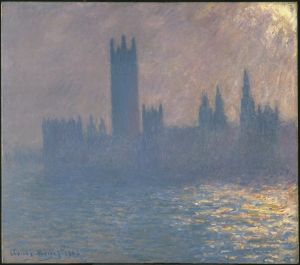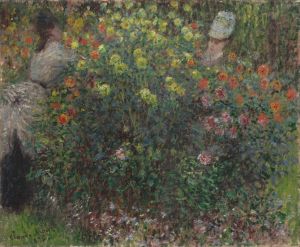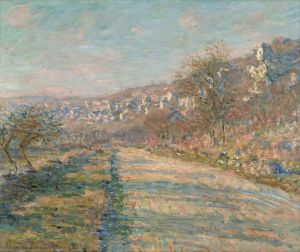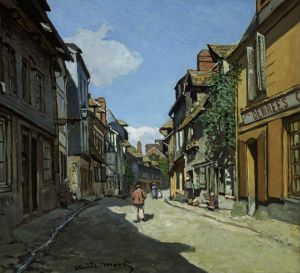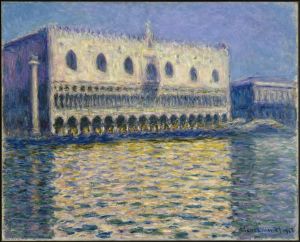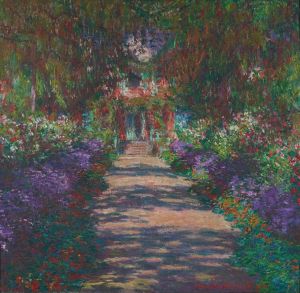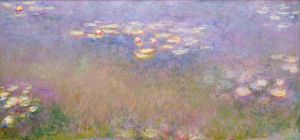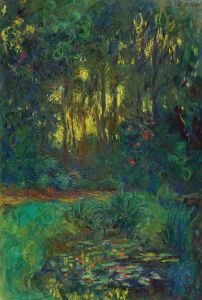
Nymphéas
A hand-painted replica of Claude Monet’s masterpiece Nymphéas, meticulously crafted by professional artists to capture the true essence of the original. Each piece is created with museum-quality canvas and rare mineral pigments, carefully painted by experienced artists with delicate brushstrokes and rich, layered colors to perfectly recreate the texture of the original artwork. Unlike machine-printed reproductions, this hand-painted version brings the painting to life, infused with the artist’s emotions and skill in every stroke. Whether for personal collection or home decoration, it instantly elevates the artistic atmosphere of any space.
Claude Monet's "Nymphéas," also known as the "Water Lilies," is a series of approximately 250 oil paintings that depict Monet's flower garden at his home in Giverny. These paintings were created during the last thirty years of Monet's life, from the 1890s until his death in 1926. The "Water Lilies" series is considered one of Monet's most famous and celebrated works, showcasing his mastery of light, color, and reflection.
Monet's garden in Giverny, which he began cultivating in 1883, became the primary inspiration for these paintings. He designed the garden himself, including the water lily pond, which he had constructed by diverting a branch of the Epte River. The pond, with its Japanese bridge, weeping willows, and water lilies, provided a tranquil and ever-changing subject for Monet's artistic exploration.
The "Water Lilies" series captures the beauty and tranquility of the pond in various lighting conditions and seasons. Monet's innovative use of color and brushwork creates a sense of movement and fluidity, as if the viewer is gazing directly into the shimmering water. The paintings often feature a close-up view of the water's surface, with reflections of the sky, trees, and flowers creating a complex interplay of light and shadow.
Monet's technique evolved over the years, becoming increasingly abstract as he focused on the interplay of light and color. He often worked on multiple canvases simultaneously, capturing the same scene at different times of day to study the effects of changing light. This approach allowed him to create a series of paintings that, while similar in subject, each offer a unique perspective and mood.
The "Water Lilies" series was not widely recognized during Monet's lifetime, but it gained significant acclaim after his death. Today, these paintings are housed in major museums around the world, including the Musée de l'Orangerie in Paris, which features a specially designed oval room to display eight of Monet's large-scale "Water Lilies" murals. These murals, measuring nearly 2 meters in height and spanning over 91 meters in length, were donated by Monet to the French state in 1922 and installed in the museum in 1927.
Monet's "Water Lilies" series has had a profound impact on the art world, influencing subsequent generations of artists and contributing to the development of abstract art. The paintings are celebrated for their innovative use of color, light, and composition, and they continue to captivate audiences with their serene beauty and emotional depth.
In summary, Claude Monet's "Nymphéas" series is a testament to the artist's dedication to capturing the fleeting beauty of nature. Through his meticulous study of light and color, Monet created a body of work that remains a cornerstone of Impressionist art and a source of inspiration for artists and art lovers alike.





